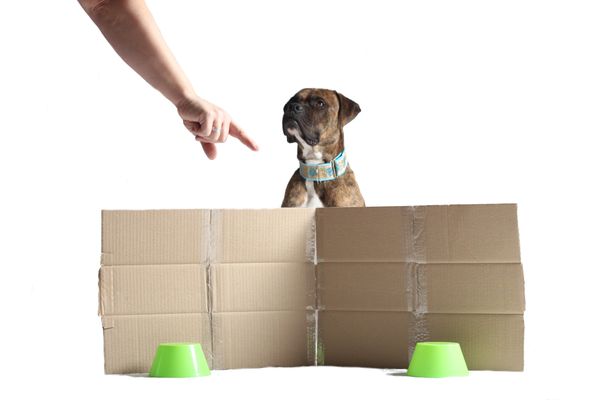By Gaby Dufresne-Cyr, CBT
We were in a small village in the northern part of the Dominican Republic, between San Juan and Puerto Plata. The three kilometer section of beach I was covering that week was delimited by a small…Read more
We were in a small village in the northern part of the Dominican Republic, between San Juan and Puerto Plata. The three kilometer section of beach I was covering that week was delimited by a small…Read more










